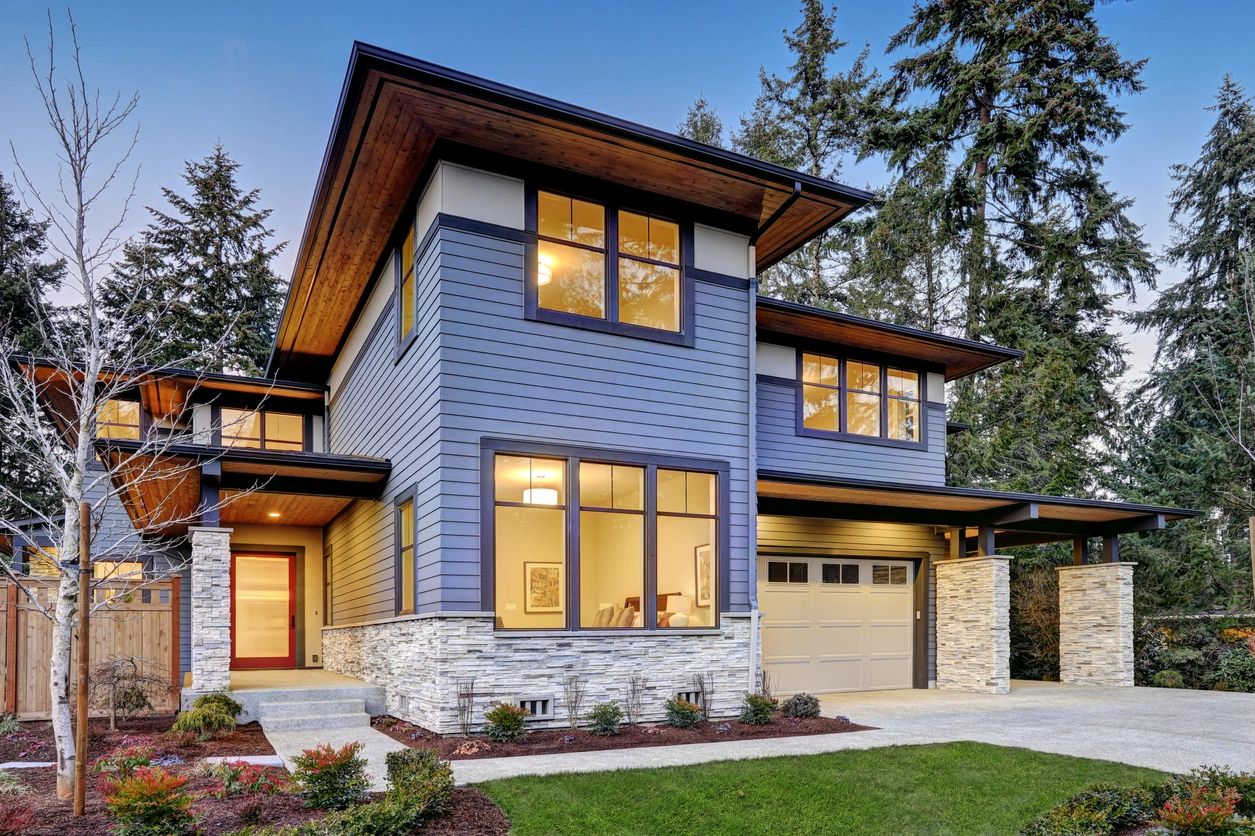Contents
If you are unhappy with the determination of council in relation to your development application, you can appeal that decision under section 97 of the Environmental Planning and Assessment Act 1979 (EPA Act).
This avenue of appeal includes the option of an internal review pursuant to section 82A and Class 1 proceedings in the Land and Environment Court of NSW. Read our article on 82A reviews.
However, once you have commenced Class 1 proceedings, you are no longer entitled to a section 82A review. Therefore, you should consider your options before commencing.
The most common form of Class 1 appeal relates to the decision of council to refuse a development application. However, it can also be in response to a determination under an 82A review, a deemed refusal (i.e. the council has failed to make the determination within 40 days), a refusal to modify a development and an appeal in relation to the imposition of a condition of consent.
Class 1 appeals must be commenced within 6 months of the decision having been made by Council.
Once an appeal is lodged, the Court has a standard set of orders it will be likely to make, which imposes a strict timetable on the filing of relevant documents and pleadings.
Usually, the council is ordered to file a Statement of Facts and Contentions (SOFAC) within one (1) month of the appeal being served on it. A SOFAC is an important document in the Class 1 process, as it sets out Council’s reasons for determining the development application in the way that it did.
However, the council is not limited to the reasons provided in its original decision and may expand on those reasons or add new reasons that were not part of the determination.
Unless good reasons can be given as to why the matter should proceed directly to a hearing, the Court will list residential development appeals for a conciliation conference under section 34 of the Land and Environment Court Act 1979 (LEC Act).
Section 34AA of the LEC Act makes the conciliation process compulsory for appeals relating to development for the purposes of detached single dwellings and dual occupancies (including subdivisions), or alterations or additions to such dwellings or dual occupancies.
The conciliation conference is commenced with a site inspection. The parties will usually have all of their experts present. The experts may have been ordered to prepare joint reports prior to the conference.
Where the council is not arguing that the development is prohibited, there is usually an opportunity to amend the plans, or other aspects of the development, on a without prejudice basis in order for the parties to reach an agreement.
However, if the development is opposed on grounds of permissibility, without prejudice amendments may do little to assist the parties in resolving the matter.
If the parties cannot come to an agreement at the conciliation conference, the matter will proceed to a hearing.
Objectors will be invited to give evidence at the site inspection but will not be permitted to take part in the subsequent conciliation conference or any hearing that takes place.
The Class 1 jurisdiction of the Court is a ‘no costs’ jurisdiction, which means that each party will be responsible for its own legal and professional costs, regardless of whether they are successful in the proceedings. Costs orders will only be made against a party where they have acted in a manner that warrants the making of the order, including a failure to comply with the Court-ordered timetable, causing the parties to incur unnecessary costs and so on.
If you have had an application for development consent refused, or undetermined after 40 days, contact us and we can discuss your potential appeal rights and the Class 1 process in more detail.




